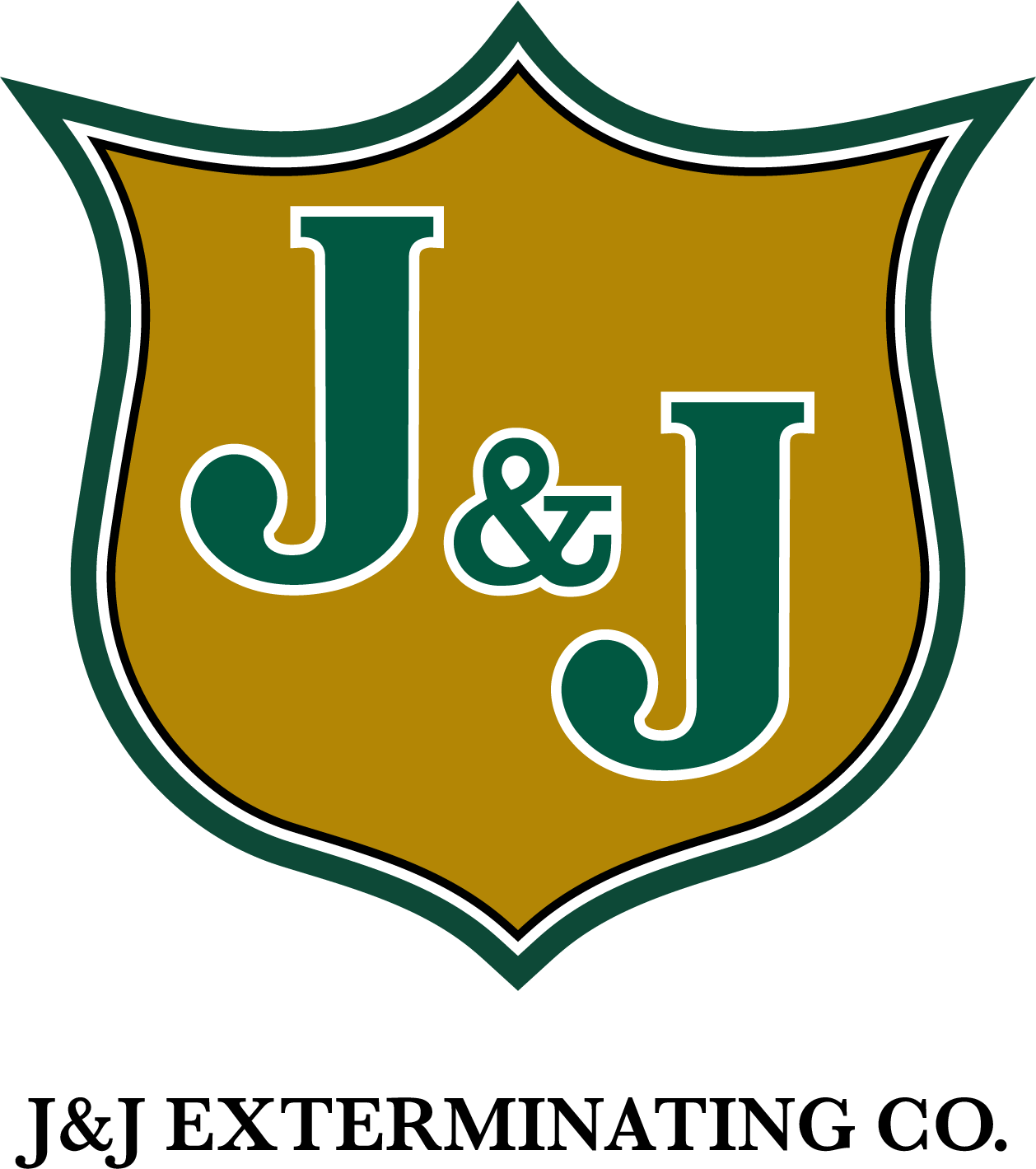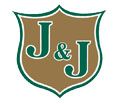Can Subterranean Termites Sense Wood From Faraway Distances?
Most of us are aware that subterranean termites navigate through the environment by digging tunnels below the ground. And we are definitely all aware that subterranean termites are seeking wood for sustenance, specifically the cellulose within wood. Termites do not possess the sense of vision, which does not bother them since they forage within dark underground tunnels. But how do termites locate wood? Do termites have a sense that tells them when wood is nearby? Or do subterranean termites simply plow through the ground until they run into a home’s foundation? Maybe termites hope for the best and leave their chances of finding sustenance up to luck. The truth is that subterranean termites do not forage randomly. Termites locate food sources with the help of chemical and environmental factors.
Subterranean termites can plow through a large area of ground in search of wood. In fact, some termites form tunnel systems that can span an area as large as a football field. Given the subterranean termite’s ability to cover so much territory, they are likely to find sources of wood and plant matter by chance. Also, plant matter is easy to come by as it litters every portion of the environment. Subterranean termites are surprisingly clever when it comes to locating large food sources, such as homes or other wood-containing structures. These termites have learned to follow pipes and other underground structures that lead to foundations.
Subterranean termites can also sense moisture sources while foraging below ground. Termites pinpoint and head toward moisture sources because the moisture is most likely a sign of vegetation that contains the cellulose termites need. Termites also refer to chemical cues in order to lead subterranean termite colonies toward food sources. When a few, or just one single termite discovers a source of cellulose, the termite will return to the colony’s nest while leaving a trail of pheromones in its wake. The termites holding up at the colony will then follow the pheromone odors to the source of cellulose. Colony members will emit even more pheromones along the trail to food so that other absent termites will also be able to locate the food source.
Do you think that termite species that don’t dwell within the ground, like drywood termites, also use chemical cues to alert their colonies of a new food source?
Tags: Subterranean Termites




